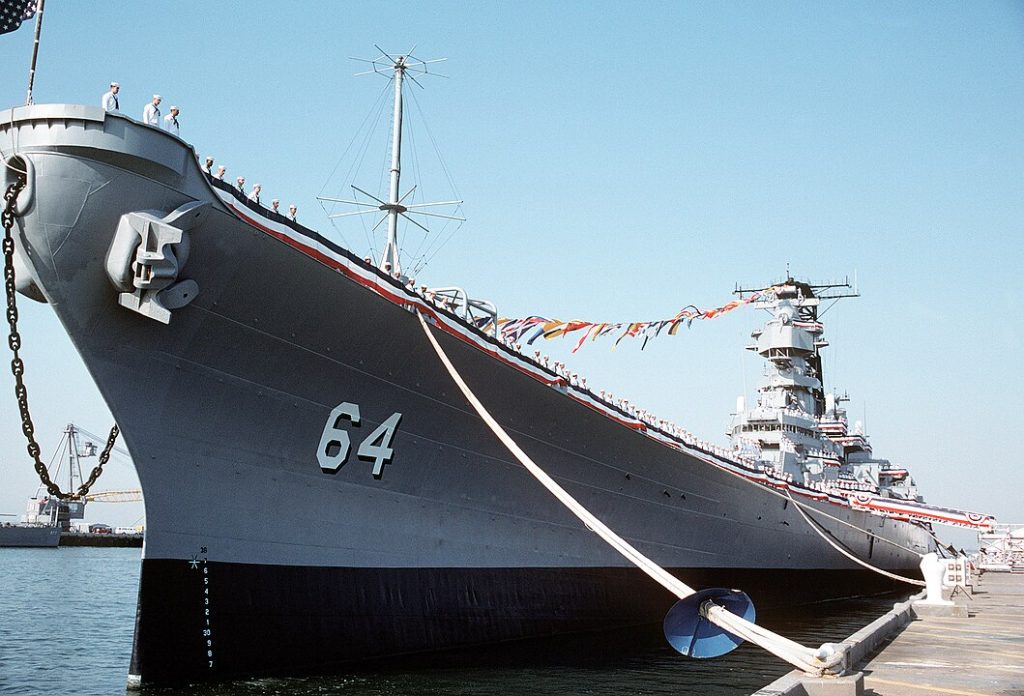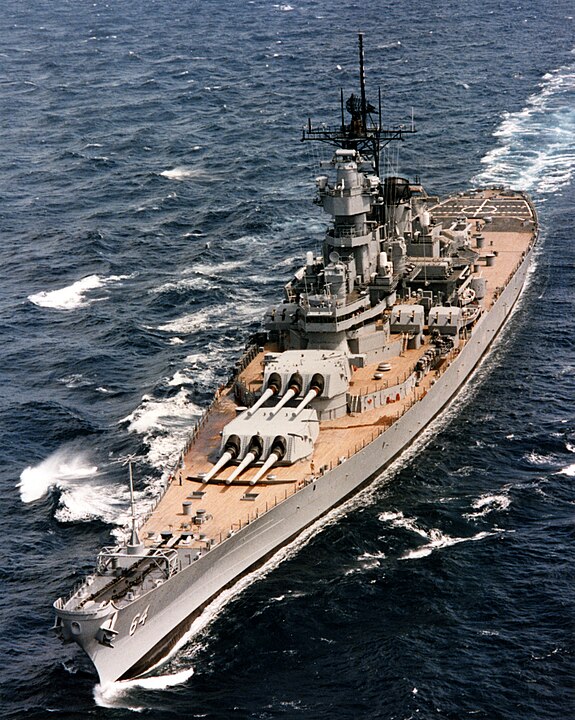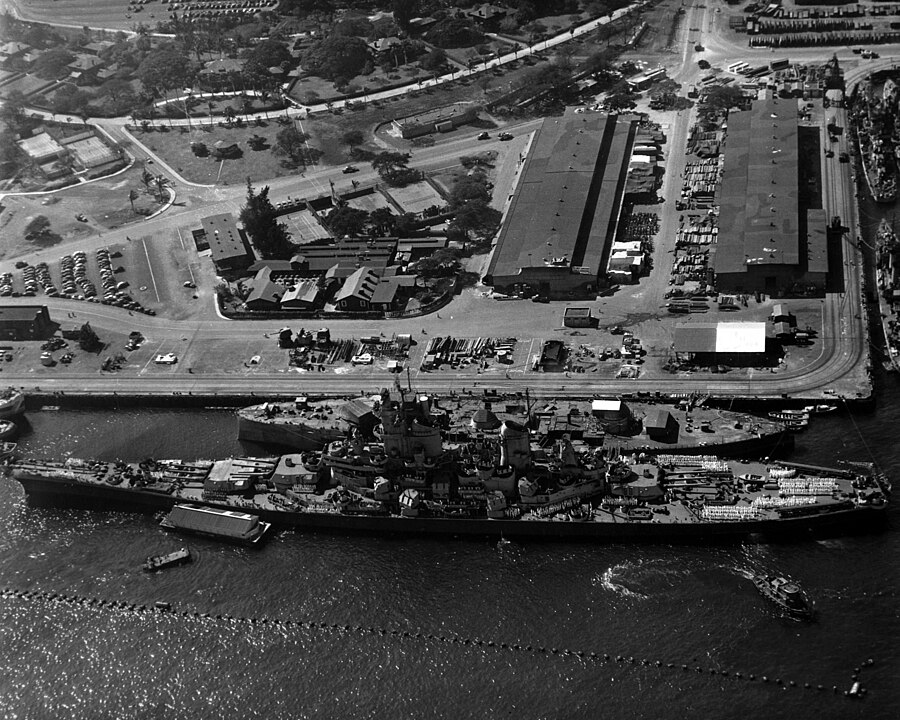
The reverberations of gunfire are now a distant memory, and the decks that once resounded with the roar of main batteries have fallen silent.

Once symbols of naval power and pride, the battleships of the United States Navy now stand as silent sentinels of history, serving as museum ships and living monuments to the sailors who served upon them.

The very existence of these steel giants—relics of a bygone era of naval warfare—speaks volumes about the evolution of military technology and strategy.

The concept of the battleship, which dominated naval thought and doctrine through much of the 20th century, has transitioned from active service to a storied chapter in naval heritage.

The USS New Jersey, affectionately known as “Big J,” is one such vessel with a rich combat record.

Launched in 1942, this Iowa-class Leviathan earned more battle stars than any other battleship in U.S. history.

Her service spanned World War II, the Korean War, and the Vietnam War, culminating in her decommissioning in 1991.

Another storied battleship is the USS Texas, the last of the dreadnoughts and a veteran of both World Wars.

Her decommissioning in 1947 and subsequent conversion into a museum predated a significant conservation effort costing over $20 million, underscoring the dedication to preserving these maritime giants.

The USS Massachusetts, known as “Big Mamie,” sits in Battleship Cove in Fall River, Massachusetts.

Launched in 1941, she is celebrated for her actions during the Battle of Casablanca and is now hailed as the world’s most unaltered battleship.

Other iconic battleships like the USS Alabama, with a brief but impactful service culminating in recognition by the Soviet Union.

And the USS Wisconsin, the last battleship to fire in combat, remains proudly on display.

Called “the Wisky” by its crew, the warship served in the Pacific during World War II, later spending a year as a training ship after Japan formally surrendered. It was one of the first ships to be reactivated for the Korean War.

It was officially decommissioned in 1991 but was chosen to remain battle-ready for emergency situations. In 2006, the Wisky was determined to be too old to modernize and is now permanently moored as a museum battleship in Norfolk, Virginia, which officially owns the vessel since 2010.
Relevant articles:
– These are the last remaining US battleships, now serving as floating museums after modern warfare made them obsolete, Business Insider, Mar 23, 2024
– The Naval History and HNSA Guide to U.S. Museum Ships, usni.org

